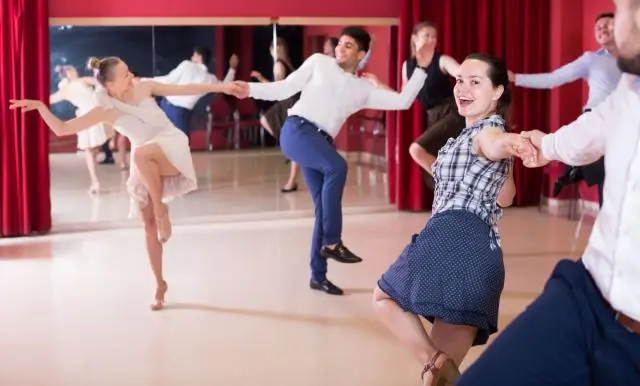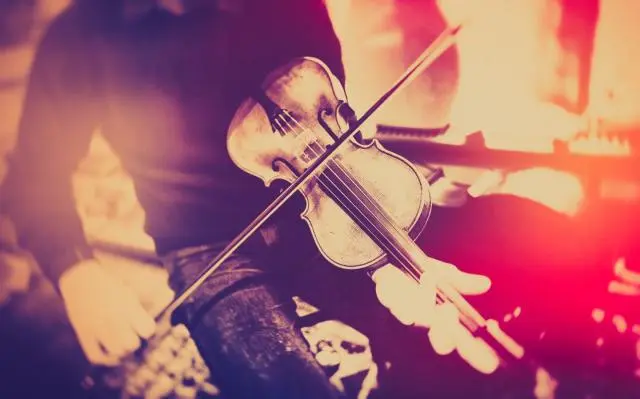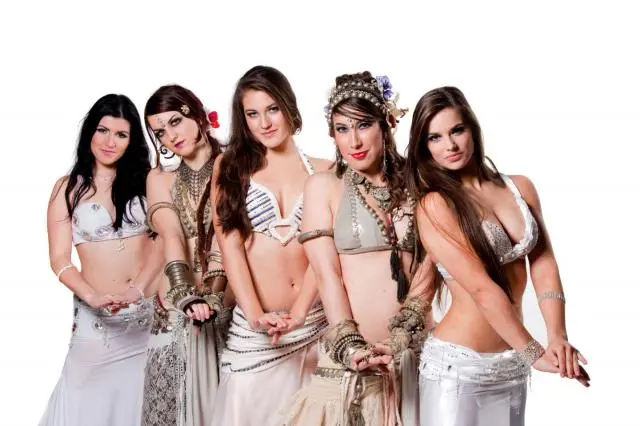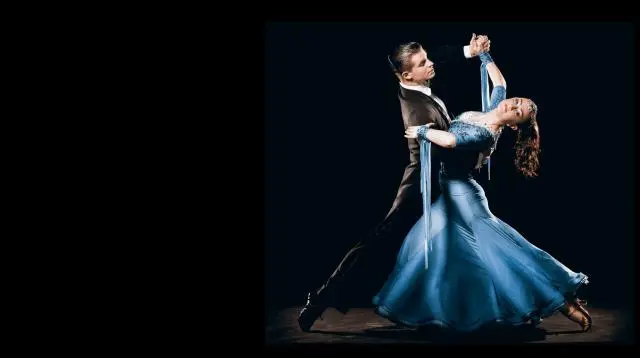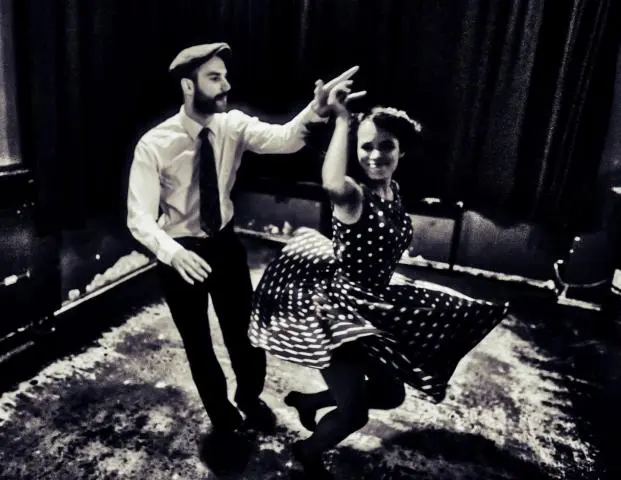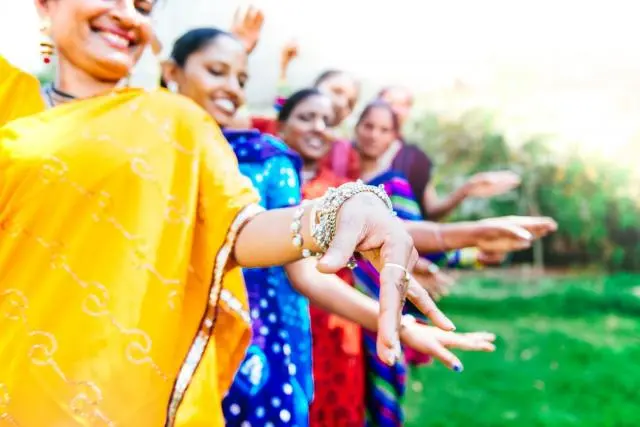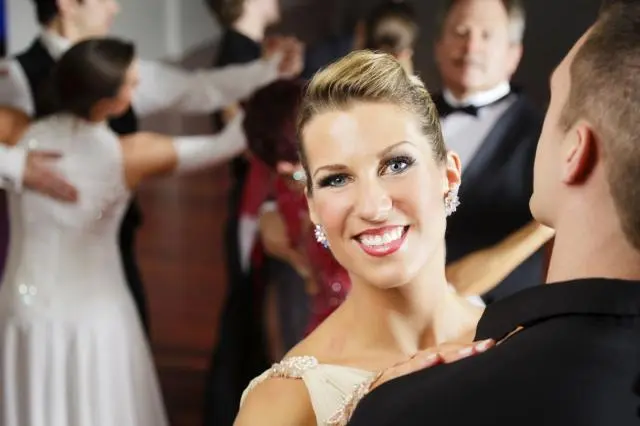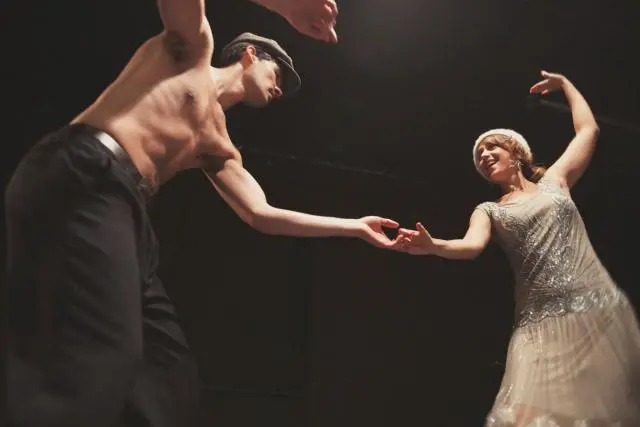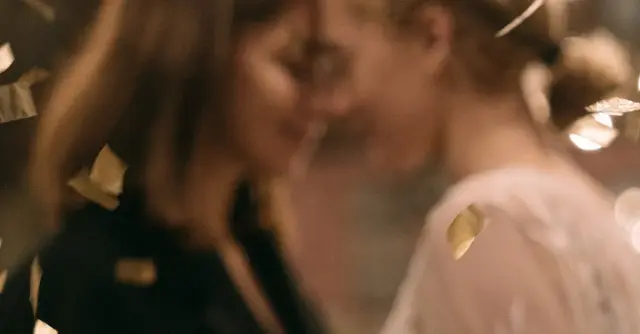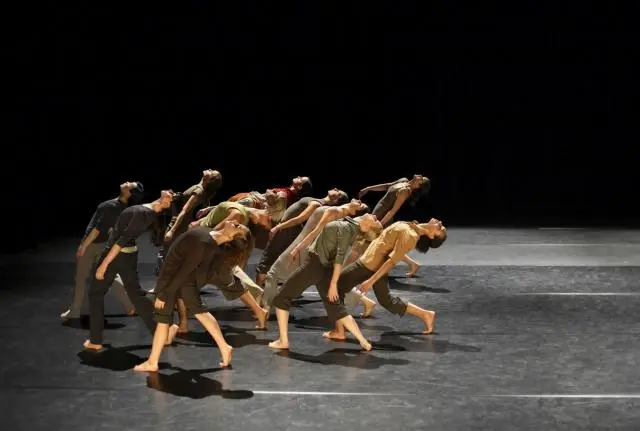
What you need to know about Contemporary
What is Contemporary Dance?
Contemporary dance, also known as modern dance, is a dance form that emerged in the mid-20th century. It is a blend of various dance styles, including classical ballet, modern dance, and jazz. This dance form is characterized by its versatility, expressiveness, and creativity. Unlike traditional dance, which often has strict rules and techniques, contemporary dance allows dancers to develop their own movements and interpretations.
Contemporary dance emphasizes the connection between body and mind and encourages dancers to express their emotions through movement. Choreographies can be abstract or narrative, giving the dancer a lot of freedom to tell their own story.
How to Dance Contemporary?
Contemporary dance is known for its flowing movements and expressive nature. Here are some basic elements to keep in mind if you want to dance contemporary:
-
Breathing Technique: Breathing plays a central role in contemporary dance. Movements are often synchronized with breathing, which helps to enhance intensity and expression.
-
Flowing Movements: The dance style emphasizes soft, flowing movements that often transition seamlessly from one to the next. Ensure your movements are smooth and continuous.
-
Ground Contact: Contemporary dancers frequently use the floor as part of their choreography. This can involve rolling, sliding, and other ground movements.
-
Tension and Relaxation: Another characteristic of contemporary dance is the alternation between tension and relaxation. Learn to control your body and deliberately build and release tension.
-
Expressing Emotions: Use your movements to convey feelings and stories. Contemporary dance is very expressive and allows you to communicate your emotions through every movement.
Basic Steps of Contemporary Dance
Although contemporary dance does not have fixed steps, there are some basic movements that are commonly used:
-
Plie: A basic ballet step where the knees are bent to strengthen the legs and increase flexibility.
-
Tendu: Another ballet step where one leg is stretched, and the toes are pointed on the ground to develop balance and control.
-
Relevé: Rising onto the tips of the toes to strengthen balance and leg muscles.
-
Roll Down/Up: A movement where you slowly roll your spine down and up to promote flexibility and body awareness.
-
Leap: A jump where one leg is extended forward and the other backward to showcase strength and dynamism.
Top 10 Songs for Contemporary Dance
Choosing the right music in contemporary dance is crucial for the mood and expression of the choreography. Here are ten popular songs frequently used in contemporary dance:
- "Say You Love Me" by Jessie Ware - An emotional song, perfect for expressive choreographies.
- "Skinny Love" by Birdy - A melancholic song that evokes deep emotions.
- "Gravity" by Sara Bareilles - A powerful song about loss and hope.
- "Dancing On My Own" by Robyn - An energetic song celebrating self-discovery and independence.
- "Unsteady" by X Ambassadors - A song that addresses insecurity and inner struggles.
- "Breathe Me" by Sia - A song expressing vulnerability and healing.
- "Turning Page" by Sleeping At Last - A romantic song, ideal for couple choreographies.
- "In This Shirt" by The Irrepressibles - An epic song with dramatic highs and lows.
- "All I Want" by Kodaline - A heartbreaking song about longing and loss.
- "Another Love" by Tom Odell - A powerful song about love and heartbreak.
Styles of Contemporary Dance
Contemporary dance is versatile and integrates various styles. Here are some of the most influential styles:
- Ballet: Many contemporary dancers have a ballet background, which helps them develop the necessary technique and elegance.
- Modern Dance: Elements of modern dance, such as the use of the floor and experimental movements, are widespread in contemporary dance.
- Jazz Dance: Jazz dance influences contemporary with its rhythmic movements and dynamic steps.
- Hip-Hop: Some contemporary choreographers integrate hip-hop elements to make their choreographies more modern and urban.
History of Contemporary Dance
The history of contemporary dance begins in the 1950s when dancers and choreographers sought new ways to express themselves. They wanted to break free from the strict rules of classical ballet and experimented with new movements and techniques. Pioneers such as Martha Graham, Merce Cunningham, and Alvin Ailey played a crucial role in the development of contemporary dance.
Martha Graham developed a technique based on contraction and release, emphasizing the dancer's emotional expressiveness. Merce Cunningham experimented with chance principles and new technologies to create his choreographies. Alvin Ailey integrated African American cultural elements into his works, creating a unique dance style.
Health Benefits
Contemporary dance offers numerous health benefits:
- Physical Fitness: Dance promotes strength, flexibility, and endurance.
- Coordination: Learning complex movement sequences improves coordination.
- Body Awareness: Dancers develop a better understanding of their own body and its movements.
- Stress Relief: Dancing is a great way to relieve stress and relax.
- Emotional Expression: Dance provides an opportunity to express and process emotions.
- Social Interaction: In dance classes and performances, dancers can make new friends and improve their social skills.
Outfit for Contemporary Dance
The right clothing is important for free movement and comfort. Here are some tips for your contemporary dance outfit:
- Comfortable Clothing: Wear clothes that stretch well and do not restrict movement, such as leggings and a fitted top.
- Barefoot or Dance Shoes: Many contemporary dancers dance barefoot for better floor contact. Alternatively, you can wear special dance shoes.
- Sweat-Wicking Materials: Choose clothing made from materials that absorb sweat and keep you cool.
- Layered Look: Wear multiple layers that you can adjust according to room temperature.
- Hairbands and Hair Ties: Keep your hair out of your face so it doesn't disturb you.
Conclusion
Contemporary dance is a fascinating and versatile dance form that allows you to express your creativity and emotions through movement. Whether you're a beginner or an experienced dancer, this dance style offers numerous opportunities for development and personal growth. Find your dance partner on Lets-Dance and start your journey into the world of contemporary dance.
Have fun dancing!
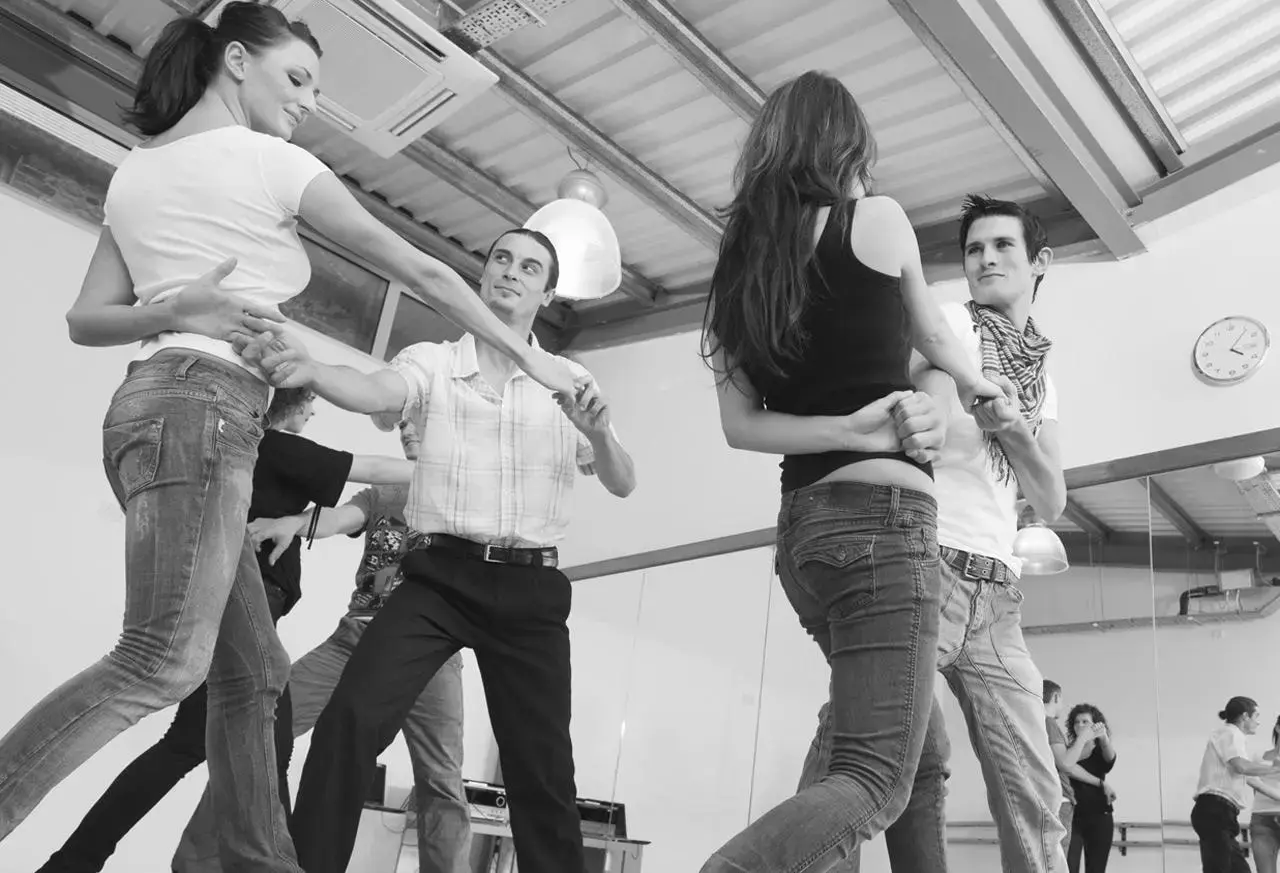
Create your dance profile on Lets-Dance
Dancewear, shoes & accessories
Register your dance school
Popular blog posts about dancing
